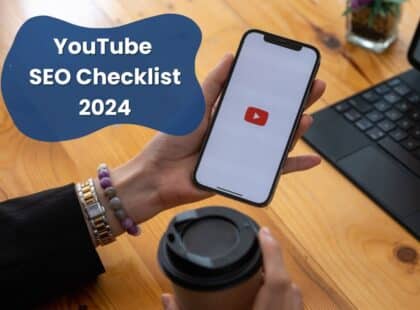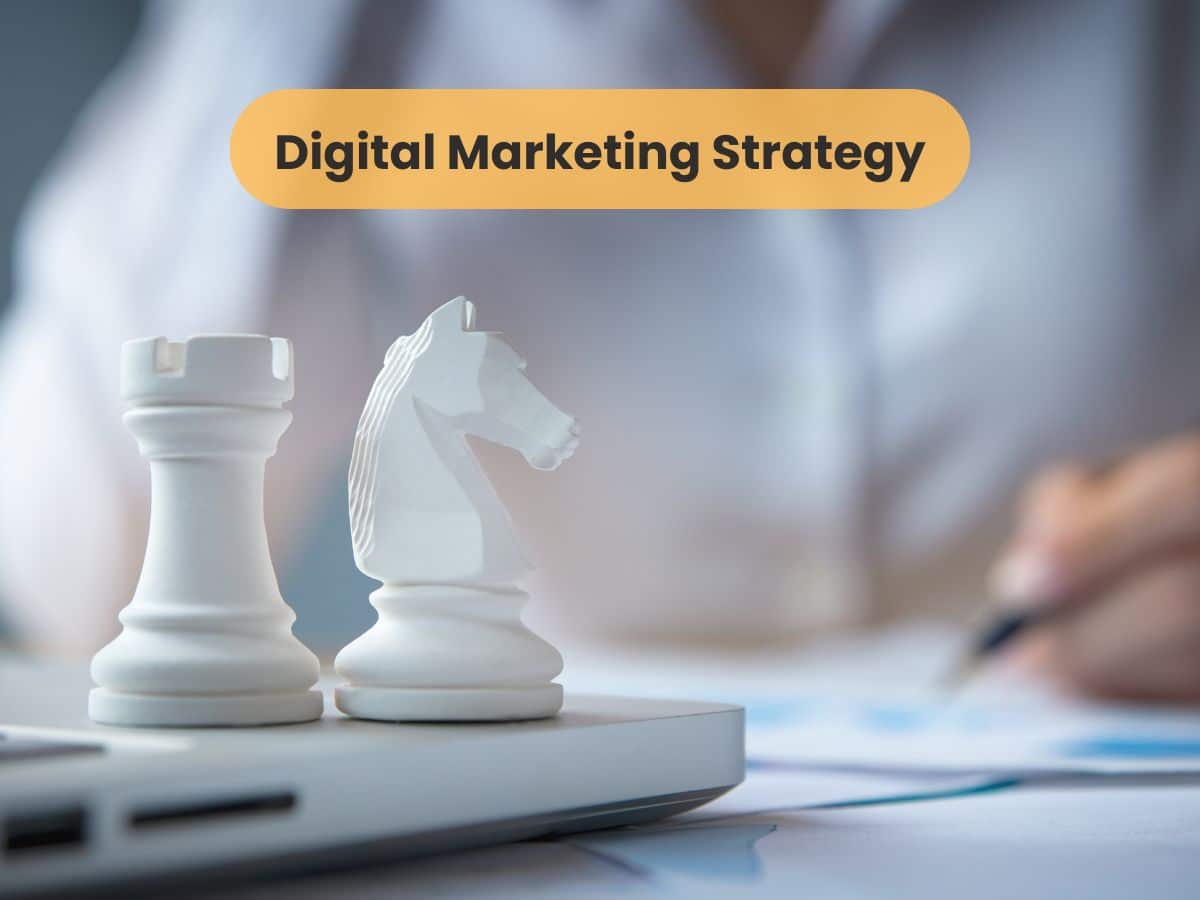
What Is YouTube SEO? 2024 YouTube SEO Checklist
In today’s fast-paced digital world, video content has become a crucial me [...]

As businesses navigate the complexities of today’s digital world, a strong digital marketing strategy has become crucial for success. It empowers brands to engage with their audience, boost visibility, and drive sustainable growth.
Table of Contents
According to Forbes, companies with clear digital marketing plans can better adapt to changing consumer behaviors and remain competitive. With tools like SEO, email marketing, and social media, businesses can leverage these strategies to maximize their reach and impact in the digital landscape. Keep reading to discover actionable steps and strategies that can elevate your digital marketing efforts to the next level.
A digital marketing strategy is a comprehensive plan that outlines how businesses can leverage online channels to achieve their marketing goals. This strategy integrates various digital platforms such as search engines, social media, email marketing, and websites to create a unified approach aimed at attracting, engaging, and converting potential customers. An effective digital marketing strategy aligns with the overall business objectives and focuses on building long-term customer relationships through consistent, personalized communication across multiple touchpoints.
A well-executed digital marketing strategy includes clear goals, target audience insights, and data-driven approaches to measure success. Businesses with a solid digital marketing strategy not only improve brand awareness but also see significant boosts in engagement and conversions. By using tools like analytics, SEO, and marketing automation, companies can continuously optimize their strategies, ensuring that they adapt to changing customer behaviors and industry trends.
A successful digital marketing strategy involves various approaches that businesses can use to connect with their audience. Each type offers unique benefits and plays a crucial role in a comprehensive plan:
Content marketing involves creating and sharing valuable content (e.g., blog posts, infographics, white papers) to attract and retain an audience. The goal is to establish authority and engage customers throughout their journey. This strategy is essential for building trust and generating leads organically.
This method includes PPC (Pay-Per-Click) ads, display ads, and social media advertising. Paid advertising offers immediate visibility, and businesses can target specific audiences to drive traffic and conversions. Google Ads and Facebook Ads are common platforms used for this purpose.
Email marketing is a direct channel for engaging with customers through personalized emails. Automated email campaigns help nurture leads and keep customers informed about products, services, and promotions.
Automated email workflows contribute to a 200% higher click-through rate, making email automation a key driver of engagement
ABM is a B2B strategy where businesses focus on highly targeted marketing efforts toward specific accounts. This approach involves personalized campaigns for key clients and integrates both sales and marketing efforts to nurture relationships with high-value prospects.
SEO is the practice of optimizing a website’s content and structure to improve its ranking in search engine results. This involves keyword research, on-page optimization, and technical improvements, all aimed at driving organic traffic to the website.
According to WordStream, 53% of all website traffic comes from organic searches, making SEO one of the most essential tools in driving digital visibility.
This strategy leverages platforms like Facebook, Instagram, LinkedIn, and X to promote brand awareness and engage audiences. Businesses can use organic posts, paid ads, and influencer partnerships to build a strong online presence and interact with customers.
Influencer marketing involves collaborating with individuals who have a strong online presence and large follower bases. These influencers can promote products or services to their audience, driving brand awareness and sales through authentic endorsements.
Video content is highly engaging and effective for capturing audience attention. Whether through YouTube, social media, or embedded website videos, this strategy helps businesses showcase products, explain services, or share customer testimonials. Video content is also favored by search engines, improving SEO performance.
Short-form videos are now considered the most effective format for delivering high ROI in content marketing, leading businesses to prioritize them over other media types in their investment strategies. (Hubspot)
Podcasts have grown into a powerful content marketing tool. They allow businesses to share industry insights, discuss relevant topics, and engage audiences in an informative, engaging format. Podcasting is especially effective for building brand authority and reaching niche markets.
These strategies collectively create a robust digital marketing plan, helping businesses engage their audience across multiple channels and boost conversions.
Here’s a step-by-step guide on How to Create a Digital Marketing Strategy based on the Forbes article:
By following these steps, you can create a robust digital marketing strategy that effectively reaches and engages your audience.
In conclusion, crafting a well-structured digital marketing strategy is vital for any business striving to excel in today’s highly competitive market. By leveraging a mix of SEO, content marketing, social media, and automation, companies can create personalized experiences that resonate with their target audience and drive meaningful engagement. Each step of the process, from setting clear goals to optimizing results, plays a critical role in ensuring long-term success.
Don’t miss the opportunity to take your business to the next level. Level up your business with a powerful digital marketing strategy! Contact Marketing Spotlight for a free consultation and get a customized plan that drives real results.
By staying adaptable and continuously refining your approach, your business can stay ahead of the curve and unlock new growth opportunities.

I’ve had a smooth experience working with Marketing Spotlight team. They helped me develop a website, create a marketing strategy and set up marketing automation.

Marketing Spotlight transformed our marketing efforts with their automation services. The seamless integration and efficiency they brought to our campaigns have been a game-changer. Our customer engagement in the UAE has never been better!
The meeting link will be shared with you via email after you finish booking a call.